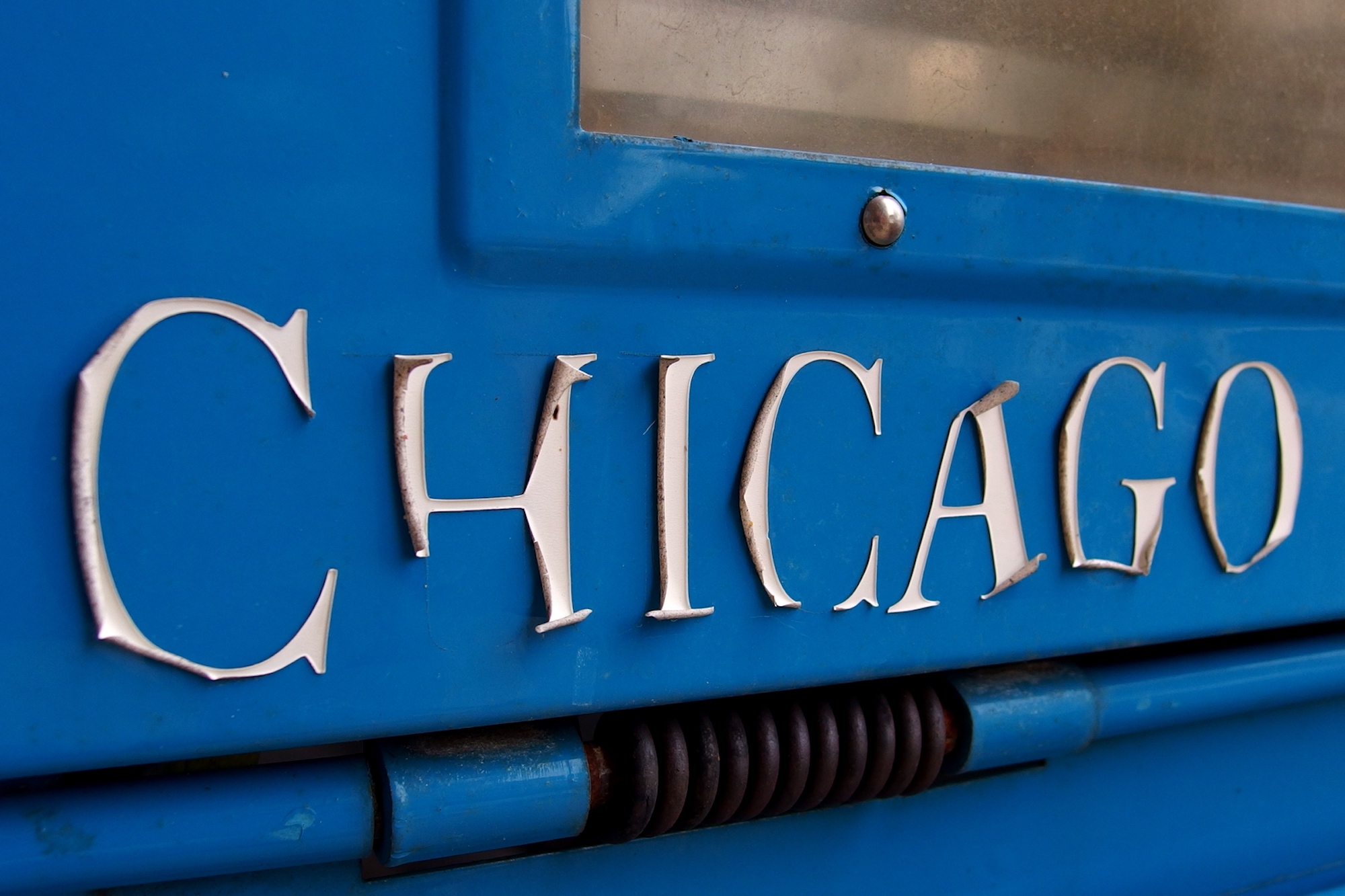
What happens when public media buys a private newspaper? It adopts a public media business model.
Chicago Public Media made news in January by buying the Chicago Sun-Times, the city’s longtime tabloid alternative to the broadsheet Tribune. The Tribune has fallen into the cost-cutting clutches of the hedge fund Alden Global Capital, so there’s very much an opening for a more public-minded player to make its mark. The Sun-Times survived some, well, unusual leadership through the past few decades — from Rupert Murdoch and Conrad Black to Michael Ferro and whoever came up with this. (And let’s not forget the 2014 bitcoin paywall.) In 2018 — not long after being sold for $1 — it followed the newspaper crowd and put up a (non-bitcoin) paywall, at $7.49 a month.A paywall can be a tough pitch for a second newspaper in a market still full of relatively robust alternatives. The paper’s most recent filing with the Alliance for Audited Media, from March 2021, said the Sun-Times had about 28,000 digital subscribers, a number that doesn’t exactly set the heart afire. (It also claimed 63,000 daily and 70,000 Sunday print circulation.)
So its new owners are doing the public-minded thing and dropping the paywall, replacing it with a public-radio-style membership program. Here’s CEO Nykia Wright, executive editor Jennifer Kho, and chief audience officer Celeste LeCompte (a 2015 Nieman Fellow and an old friend to Nieman Lab):
As a reader of the Chicago Sun-Times, you turn to us for the news you need to thrive. For timely, accurate and fairly reported stories on the issues that matter most. For stories that celebrate and honor the members of our community, from victories on the field to remembrances of lives well lived. Our journalists care about your community because it’s our community, too. And we strongly believe that everyone in the Chicago area should have access to the news, features and investigations we produce, regardless of their ability to pay.
So today, we are dropping our paywall and making it possible for anyone to read our website for free by providing nothing more than an email address. Instead of a paywall, we are launching a donation-based digital membership program that will allow readers to pay what they can to help us deliver the news you rely on.
It’s a bold move: Reporting the news is expensive, and the converging market forces of inflation and an anticipated (or possibly already here) recession could further endanger local newsrooms like ours. But we know it’s the right thing to do.
For the Sun-Times’ next chapter to be successful, it is essential for us to be truly open and inclusive so we can tell the stories that matter to all parts of our community. A membership program connects our revenue model more closely to how well we serve our community, holding us accountable to you, our readers. We think that’s a good thing, because if we’re not serving you, we’re not doing our jobs. So we’re taking a leap of faith and putting our trust in you.
The membership program has a standard tier at $5 a month or $60 a year. It comes with all the news content everyone else can get — plus a tote bag. (And all those warm feelings.) The annual deal also comes with the promise of a membership card unlocking various community discounts, à la public radio. A higher tier, at $150 a year, throws in an invite to an “exclusive Founding Member event” and an umbrella. (There’s also a “give what you can” option.)
A free Sun-Times — particularly one that, with a little public radio DNA, could create an interesting mix of tabloid energy and broadsheet gravitas — should probably put a little worry in the Tribune’s hedge fund owners, if only because a free direct alternative offers readers an excuse to stop paying for the Trib, which currently sells its digital subs at $17.33 a month. The Sun-Times lists 97 people in its newsroom, which, while a fraction of early metro-paper glory, is still substantial enough to make some noise journalistically.
Most importantly, a successful public media-owned Sun-Times could be that rarest of things in local media circa 2022: a replicable business model. Just about every American metro area of any size has a public radio and/or public TV station. Collaborations between public media and local digital media aren’t new. But if a Sun-Times-style adoption proves out, it’s the sort of thing that will get a lot of people in a lot of communities thinking about copying.